Home>Garden Essentials>How To Save Watermelon Seeds For Planting
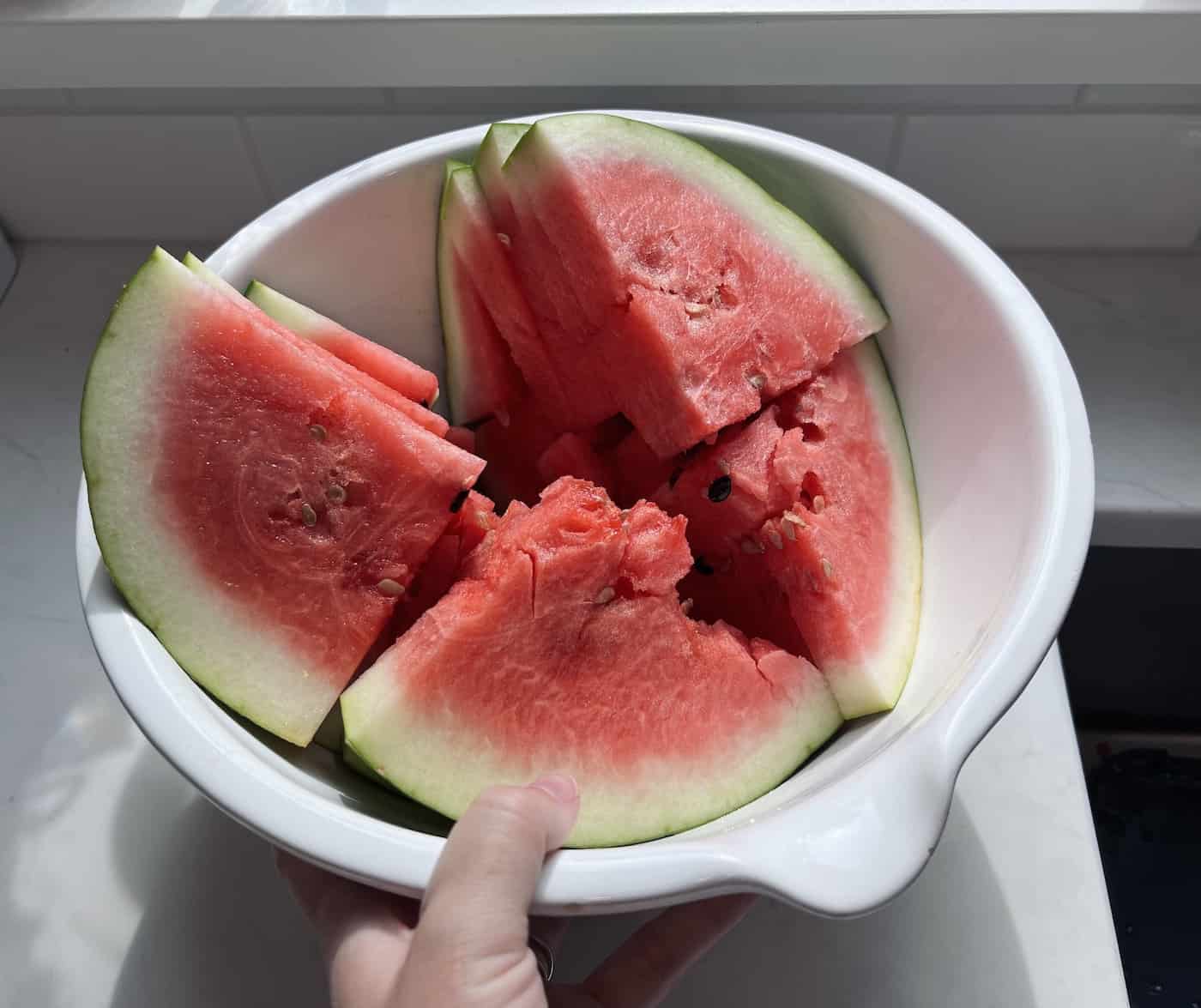

Garden Essentials
How To Save Watermelon Seeds For Planting
Modified: March 24, 2024
Learn how to save watermelon seeds for planting in your garden and grow your own juicy fruits. Discover the step-by-step process and tips for successful watermelon seed saving.
(Many of the links in this article redirect to a specific reviewed product. Your purchase of these products through affiliate links helps to generate commission for Storables.com, at no extra cost. Learn more)
Introduction
Growing watermelons in your garden can be a rewarding and tasty experience. The juicy, sweet flesh of a ripe watermelon is a summertime delight that many people look forward to. But have you ever thought about saving the seeds from your watermelons? Not only can it be a cost-effective way to grow more watermelons in the future, but it also allows you to have control over the variety and quality of the fruit.
In this article, we will explore the process of saving watermelon seeds for planting. We will discuss why it is beneficial to save watermelon seeds, how to select the best ones for saving, and the step-by-step process of harvesting, cleaning, drying, and storing the seeds. By the end of this article, you will have a clear understanding of how to save watermelon seeds and be ready to embark on your own seed-saving journey.
So, let’s dig in and discover the secrets to successfully saving watermelon seeds!
Key Takeaways:
- Save watermelon seeds to grow your own delicious fruit, save money, and preserve heirloom varieties for a sustainable and rewarding gardening experience.
- Choose ripe, healthy watermelons, clean and dry the seeds properly, and store them in a cool, dark place to ensure successful watermelon seed saving.
Read more: How Do You Plant Watermelon Seeds
Why Save Watermelon Seeds
There are several reasons why saving watermelon seeds can be a worthwhile endeavor. Here are a few benefits to consider:
- Cost-Effective: By saving and growing your own watermelon seeds, you can save money in the long run. Instead of purchasing seeds or seedlings each year, you can rely on the seeds you saved from previous watermelons.
- Preservation of Heritage Varieties: Saving watermelon seeds allows you to preserve and propagate heirloom or heritage varieties. These are traditional, open-pollinated varieties that have been passed down through generations and often have unique flavors and characteristics.
- Quality Control: When you save watermelon seeds, you have control over the quality of the seeds you are planting. You can select seeds from the healthiest and tastiest fruits, ensuring that you are growing the best watermelons possible.
- Adaptation to Local Conditions: By saving seeds from watermelons that have thrived in your specific garden conditions, you can gradually adapt the plants to local pests, diseases, and climate. This can result in more resilient and productive watermelon plants over time.
- Sustainability: Saving and reusing watermelon seeds is a sustainable gardening practice. It reduces the need for seed production, packaging, and transportation, which helps minimize your carbon footprint and promotes a more environmentally friendly approach to gardening.
Overall, saving watermelon seeds allows you to maintain a continuous cycle of planting, harvesting, and seed-saving, while also enjoying the benefits of cost savings, flavor diversity, and environmental sustainability. It is a rewarding practice that connects you to the traditions of gardening while providing you with delicious watermelons year after year.
Selecting Watermelon Seeds for Saving
Choosing the right watermelon seeds for saving is crucial to ensure that you propagate the characteristics and qualities you desire in future plants. Here are some tips for selecting the best watermelon seeds for saving:
- Heirloom or Open-Pollinated Varieties: If you are interested in preserving specific traits or flavors, opt for heirloom or open-pollinated watermelon varieties. These varieties will produce seeds that closely resemble the parent plant.
- Ripe, Healthy Fruits: Select watermelons that are fully ripe and free from any signs of disease or damage. Look for fruits with vibrant, uniform color, and avoid those with soft spots or blemishes.
- Taste Test: Before saving seeds, be sure to taste the watermelon fruit. This will help you determine if it possesses the desired flavor and sweetness. If you’re not satisfied with the taste, it’s best to choose a different watermelon for seed-saving purposes.
- Seedlessness: If you prefer seedless watermelons, keep in mind that the seeds you save will not produce seedless offspring. Seedless watermelons are typically grown from hybrid seeds, and the resulting plants will not reliably produce seedless fruits. It’s best to save seeds from seeded watermelons if you want to maintain a natural seed production cycle.
- Diversity: Consider saving seeds from a variety of watermelons to promote genetic diversity in your garden. This will help ensure resilience and adaptability to changing environmental conditions.
Remember, the quality and characteristics of the watermelon seeds you save will directly impact the quality of the plants and fruits in future harvests. Taking the time to choose the right seeds will greatly increase your chances of success and satisfaction in your garden.
Harvesting Ripe Watermelon Seeds
Harvesting ripe watermelon seeds is a crucial step in the seed-saving process. Follow these steps to ensure you collect seeds that are fully mature and ready for planting:
- Timing: Watermelon seeds are ready for harvest when the fruit is fully ripened. Look for signs such as a dull skin color, a dried-out stem, and a hollow sound when you tap the watermelon. This indicates that the seeds have reached maturity.
- Cut the Watermelon: Use a sharp knife to cut the watermelon open. Be careful not to damage the seeds during the process. If you are saving seeds from a seeded watermelon, it’s best to remove the flesh surrounding the seeds to prevent rotting during the drying process.
- Separate the Seeds: Gently scoop the seeds out of the flesh using a spoon. Place the seeds in a clean bowl or container. You may also choose to wash them briefly to remove any remaining fruit debris, although this is optional.
- Float Test: To ensure that you are saving viable seeds, you can perform a float test. Fill a bowl with water and place the seeds in it. The viable seeds will sink to the bottom, while any empty or unviable seeds will float to the top. Discard the floating seeds and keep the ones that sink.
It’s important to note that watermelon seeds are coated with a gel-like substance that can inhibit germination. To remove this coating and increase germination rates, you’ll need to clean and dry the seeds properly before storing them.
Now that you have successfully harvested ripe watermelon seeds, you’re ready to move on to the next step: cleaning the seeds to prepare them for storage and future planting.
Cleaning Watermelon Seeds
Properly cleaning watermelon seeds ensures the removal of any residue or coatings that could hinder germination. Follow these steps to clean your watermelon seeds effectively:
- Place Seeds in Strainer: Transfer the harvested seeds into a fine-mesh strainer or sieve. Rinse them thoroughly under running water to remove any remaining fruit debris.
- Remove Gel Coating: Watermelon seeds are covered in a gel-like coating that can inhibit germination. To remove this coating, you can either ferment the seeds or manually rub them.
- Fermenting Method: Place the rinsed seeds in a bowl of water and let them soak for 1-2 days. During this time, the natural fermentation process will break down the gel coating. Stir the seeds occasionally to ensure all seeds come into contact with water. After the fermentation period, rinse the seeds once again and proceed to the drying step.
- Manual Method: Alternatively, you can manually rub the gel coating off the seeds. Gently rub each seed between your fingers or use a cloth or paper towel to remove the gel. Rinse the seeds afterward to ensure they are clean.
- Drying the Seeds: After cleaning, spread the watermelon seeds out on a flat surface to dry. Choose a well-ventilated area away from direct sunlight. Allow the seeds to air dry for at least a week or until they are completely dry. Ensure they are fully dry to prevent mold and fungal growth during storage.
By properly cleaning your watermelon seeds, you remove any potential barriers to germination and increase their chances of successful growth when it’s time to plant them. Remember to label and store the cleaned seeds in a cool, dry place until you’re ready to sow them in your garden.
After removing seeds from a watermelon, rinse them in a strainer to remove any fruit residue. Then, spread them out on a paper towel to dry completely before storing in an airtight container.
Read more: When Do You Plant Watermelon Seeds
Drying Watermelon Seeds
Drying watermelon seeds is a crucial step in the seed-saving process, as it ensures the seeds are properly preserved and ready for long-term storage. Follow these steps to effectively dry your watermelon seeds:
- Spread Seeds in a Single Layer: After cleaning the watermelon seeds, spread them out in a single layer on a clean, dry surface. Use a tray, baking sheet, or plate lined with parchment paper or a paper towel to prevent the seeds from sticking.
- Choose a Well-Ventilated Location: Place the seeds in a well-ventilated area that is away from direct sunlight. Good airflow is essential in drying the seeds thoroughly and preventing any moisture buildup that can lead to mold or mildew.
- Allow Sufficient Drying Time: Let the seeds dry naturally in the chosen location. This process typically takes around one to two weeks, but it can vary depending on the humidity level in your environment. Ensure that the seeds are completely dry by gently pressing on them. They should feel hard and have no moisture or flexibility.
- Periodically Stir or Shuffle: During the drying process, it’s a good idea to stir or shuffle the seeds around every couple of days. This helps promote even drying and prevents the seeds from sticking together.
- Avoid Artificial Drying Methods: While it may be tempting to speed up the drying process using artificial methods such as ovens or microwaves, it’s best to avoid this. These methods can lead to uneven drying, excessive heat, and potential damage to the seeds.
Properly drying the watermelon seeds ensures their longevity and viability. Once the seeds are completely dry, you can move on to the final step: storing them correctly to maintain their quality over an extended period.
Storing Watermelon Seeds
Proper storage is key to maintaining the viability and quality of your watermelon seeds for future use. Follow these guidelines to ensure your seeds remain viable and ready for planting:
- Ensure Dryness: Before storing, ensure that the watermelon seeds are completely dry. Moisture can lead to mold or rot, so it’s crucial to store only properly dried seeds.
- Use Airtight Containers: Store the dried seeds in airtight containers to protect them from moisture, pests, and air exposure. Proper containers include glass jars, zip-lock bags, or seed storage envelopes. Make sure to label the containers with the seed variety and the date of collection.
- Cool and Dark Environment: Choose a cool and dark location for storing your watermelon seeds. A pantry, cellar, or refrigerator are suitable options. Consistent temperature and humidity levels are essential for preserving seed viability.
- Optimal Storage Temperature: Watermelon seeds are best stored at temperatures between 32°F (0°C) and 41°F (5°C). This cool environment helps maintain the seeds’ viability and extends their shelf life.
- Monitor for Pests: Regularly check the stored seeds for any signs of pests or mold. If you notice any issues, discard the affected seeds to prevent contamination of the rest of the collection.
- Periodic Viability Testing: Over time, seed viability can decrease. To ensure that your stored watermelon seeds are still viable, consider conducting germination tests every few years. This involves planting a small sample of seeds to check the percentage of seeds that successfully germinate.
By following these storage guidelines, you can maintain the quality and viability of your watermelon seeds, ensuring that they will be ready for planting when the time comes. Remember to keep the storage area cool, dry, and protected from light and pests to maximize the longevity of your seed collection.
Tips for Successful Watermelon Seed Saving
Saving watermelon seeds requires attention to detail and proper techniques to ensure success. Here are some essential tips to keep in mind for successful watermelon seed saving:
- Choose Open-Pollinated or Heirloom Varieties: Select watermelon varieties that are open-pollinated or heirlooms for seed saving. These varieties will produce seeds that closely resemble the parent plant and maintain their desired characteristics.
- Allow Fruits to Fully Ripen: Harvest watermelons only when they are fully ripened. Ripe watermelons will have dull skin color, dried-out stems, and a hollow sound when tapped. This ensures that the seeds inside are mature and ready for saving.
- Practice Proper Seed Cleaning: When cleaning watermelon seeds, remember to remove the gel coating. This can be done through fermentation or manual rubbing. Proper cleaning ensures better germination rates and seed vitality.
- Thoroughly Dry Seeds: Make sure the watermelon seeds are completely dry before storing them. Improper drying can lead to mold or fungal growth. Allow the seeds to air dry in a well-ventilated area away from direct sunlight for at least a week.
- Label and Date Seed Containers: To avoid confusion, label the storage containers with the seed variety and the date of collection. This helps keep track of the seed age and allows you to prioritize using the older seeds first.
- Rotate Your Seed Collection: To ensure seed viability, use a rotation system when planting. Try to use older seeds first before moving on to newer ones. This helps prevent seed wastage and ensures a fresh supply of viable seeds each year.
- Keep Detailed Records: Keeping records of your watermelon seed saving efforts can help you replicate successful outcomes in the future. Note down which varieties performed well, any observations or adjustments you made, and the overall seed saving process for reference in subsequent seasons.
- Share Your Seeds: If you have an abundance of watermelon seeds, consider sharing them with fellow gardeners or participating in seed exchanges. Sharing seeds not only fosters community but also helps preserve genetic diversity and heritage varieties.
By following these tips, you can increase your chances of successful watermelon seed saving and enjoy a bountiful harvest year after year.
Conclusion
Saving watermelon seeds can be a rewarding and cost-effective way to grow delicious watermelons in your garden year after year. By selecting the right seeds, harvesting them at the right time, and properly cleaning, drying, and storing them, you can ensure the viability and quality of your seed collection.
Not only does saving watermelon seeds allow you to save money, but it also gives you control over the variety and quality of the fruit you grow. You can preserve heirloom or open-pollinated varieties, maintain genetic diversity, and adapt the plants to your specific garden conditions.
Remember to choose fully ripe watermelons for seed saving, clean the seeds to remove any residue that could inhibit germination, and ensure they are completely dry before storing them in a cool, dark, and airtight container. Periodically check the stored seeds for pests or mold, and conduct germination tests to assess seed viability over time.
By following these tips and incorporating seed saving into your gardening practices, you can enjoy the satisfaction of growing your watermelons from seeds you saved, maintain a continuous cycle of planting and harvesting, and contribute to the preservation of heirloom varieties.
So, start saving those watermelon seeds, and watch your garden flourish with juicy, home-grown watermelons!
Frequently Asked Questions about How To Save Watermelon Seeds For Planting
Was this page helpful?
At Storables.com, we guarantee accurate and reliable information. Our content, validated by Expert Board Contributors, is crafted following stringent Editorial Policies. We're committed to providing you with well-researched, expert-backed insights for all your informational needs.
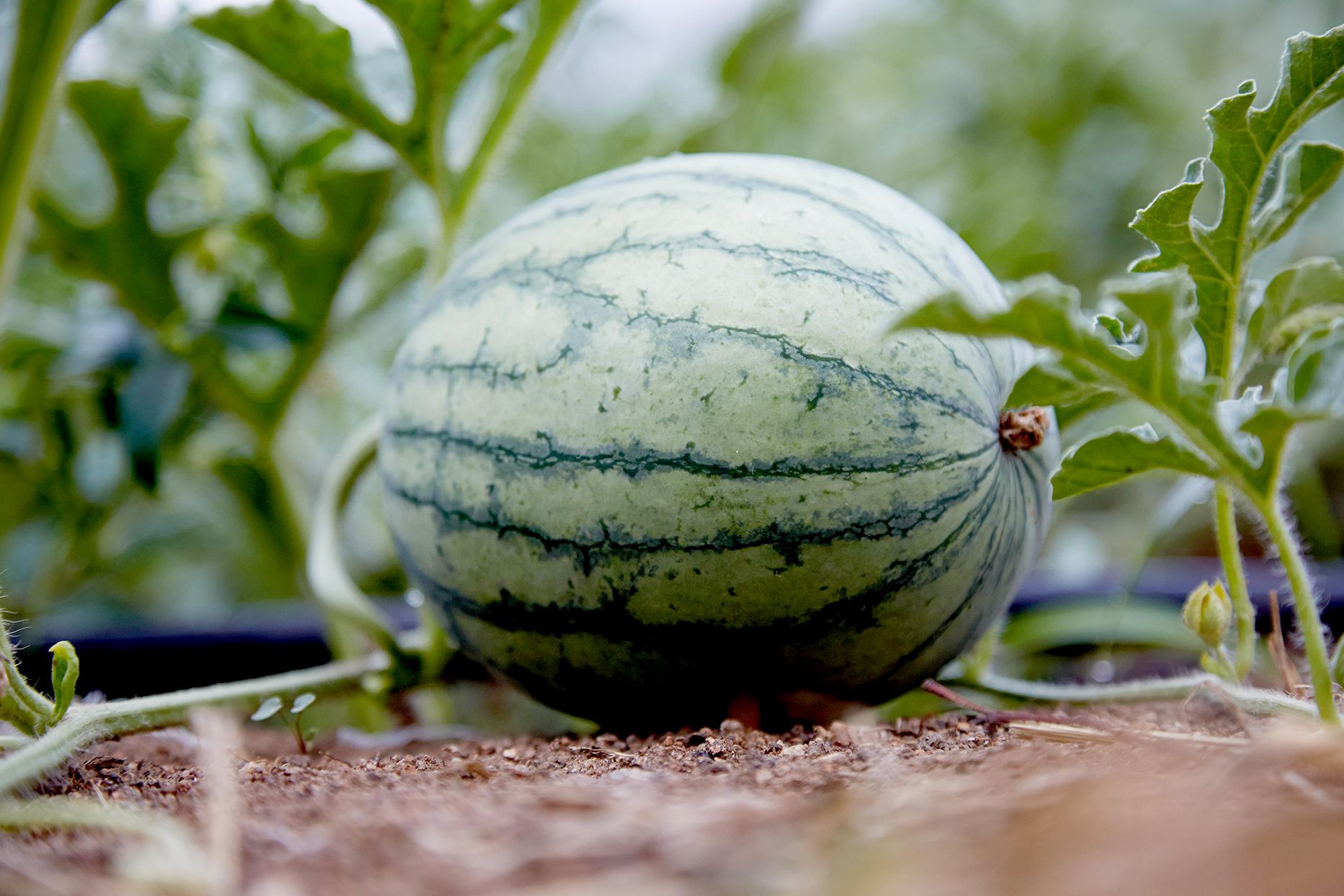
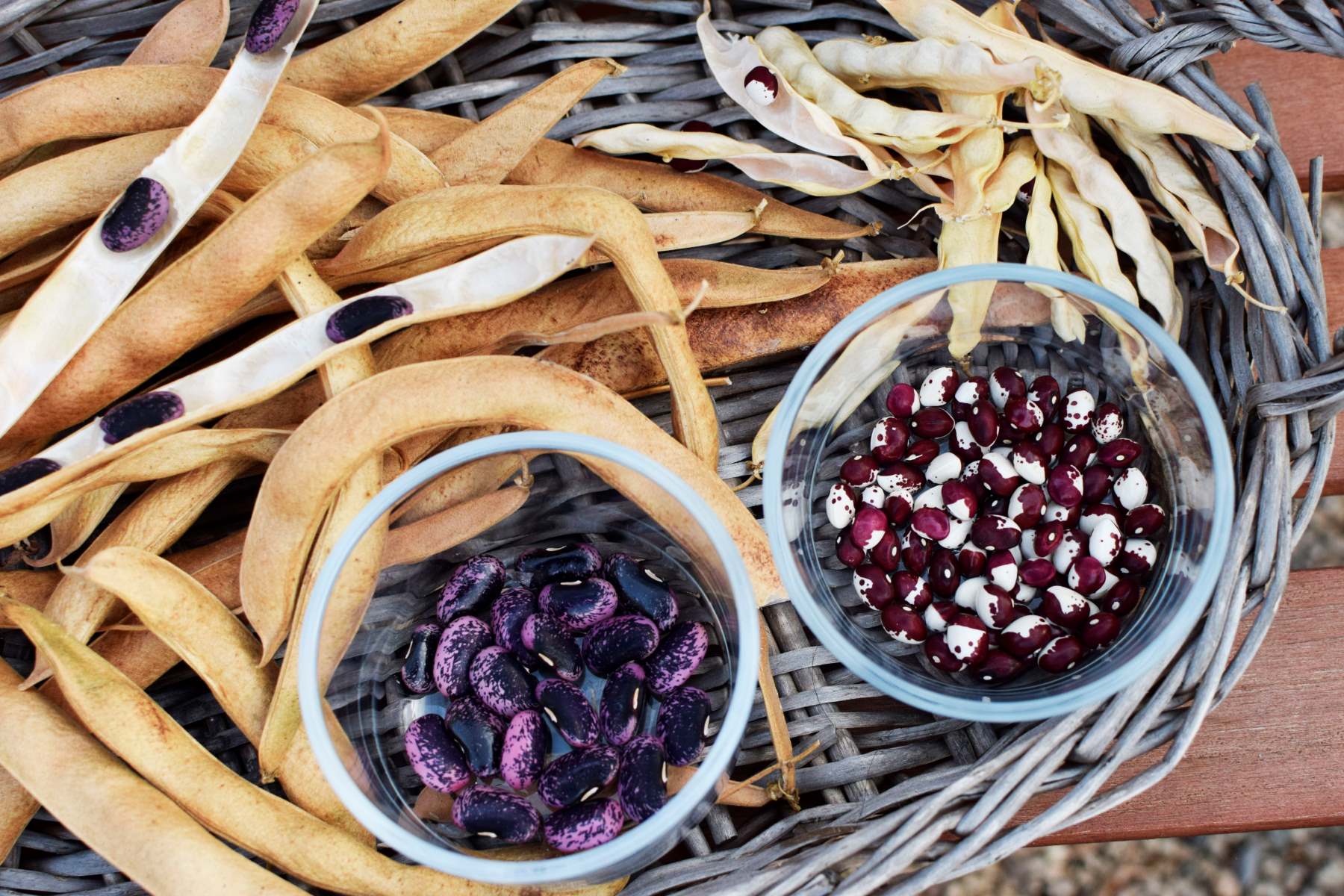
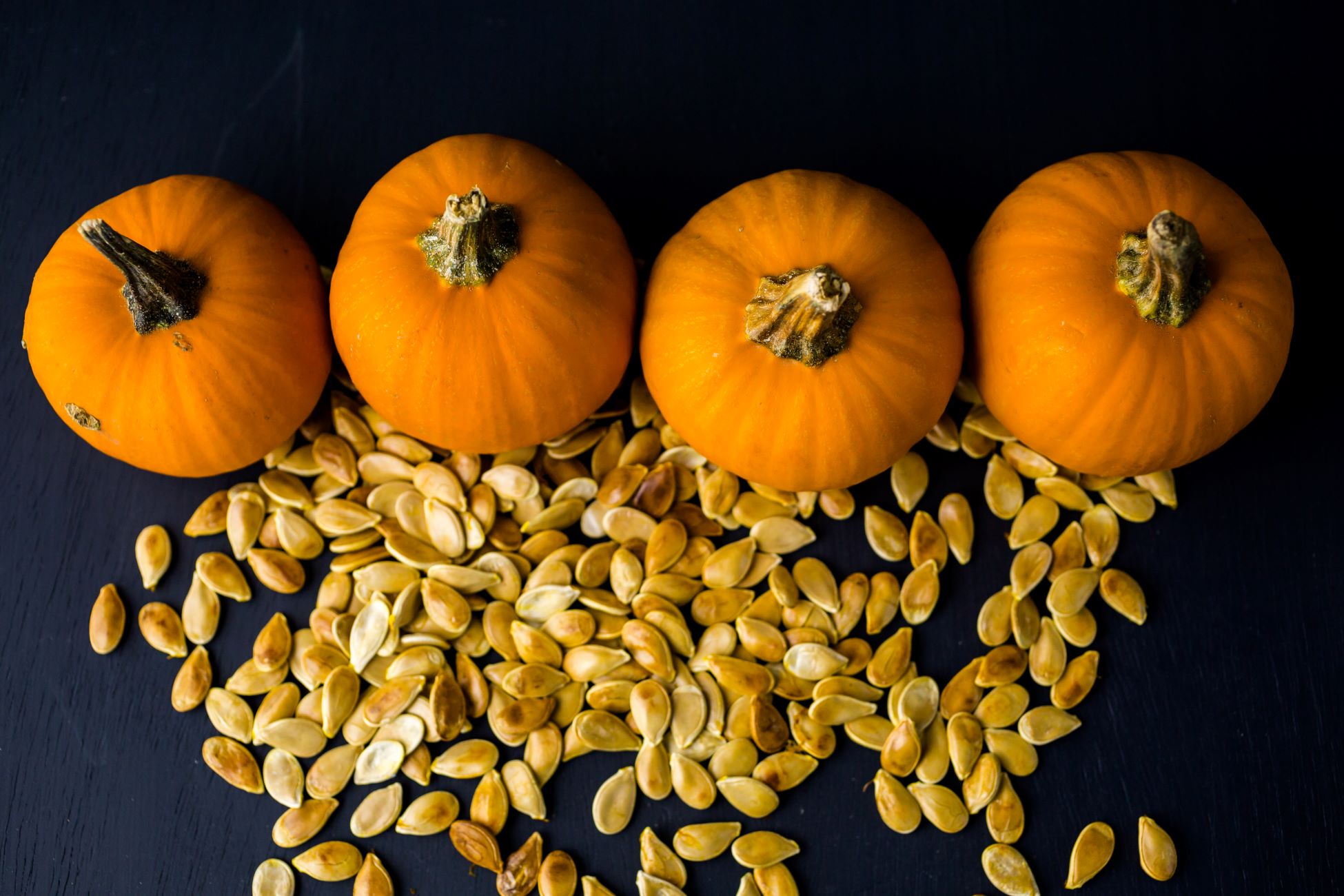
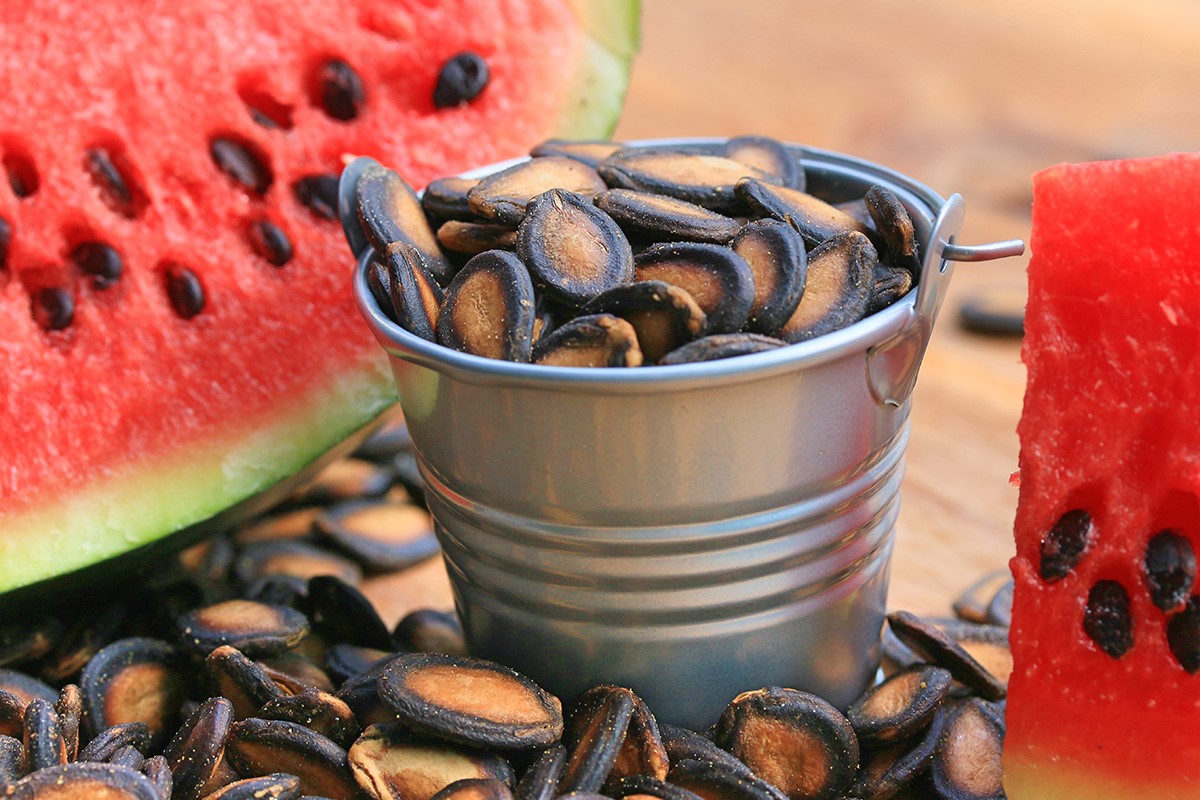
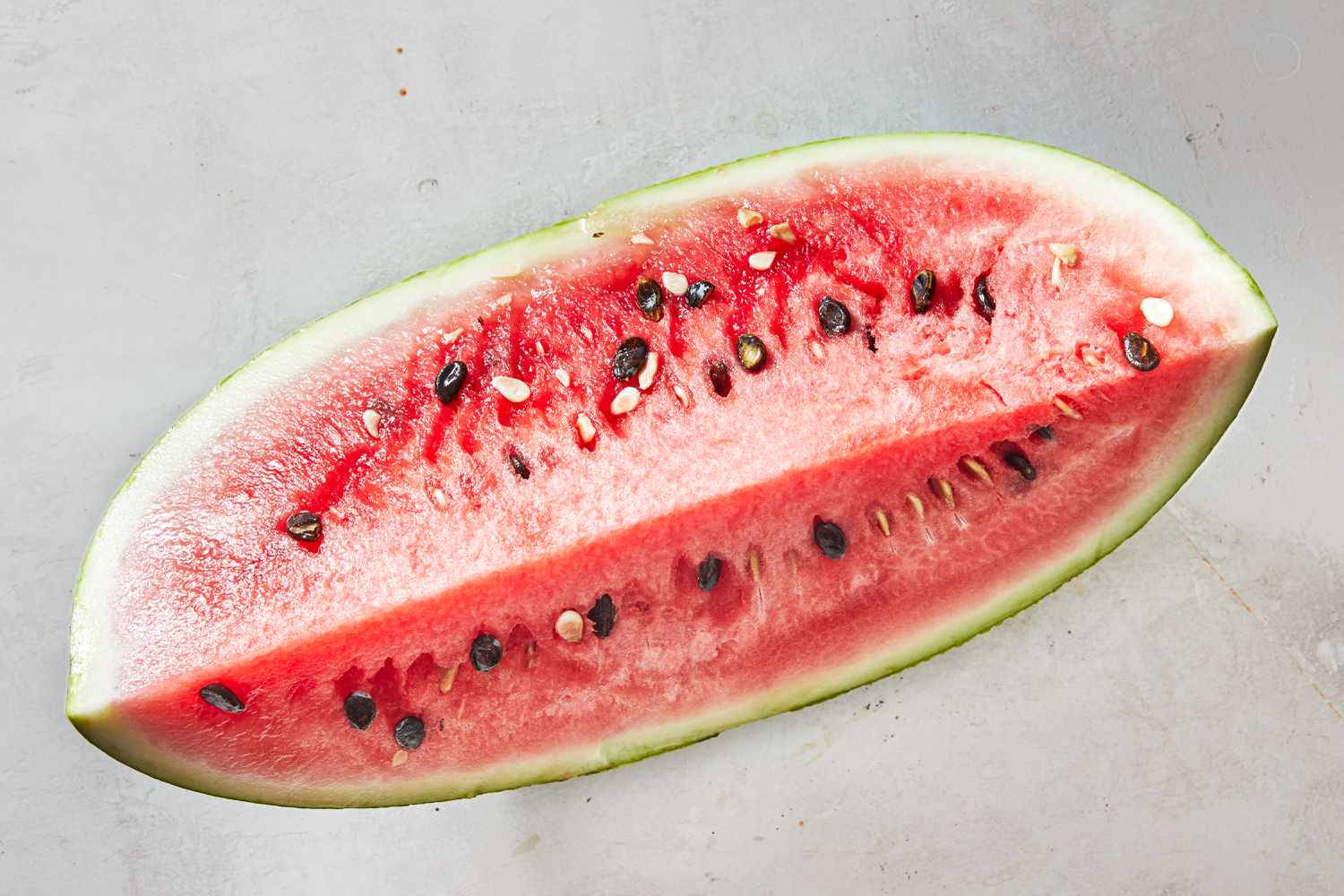
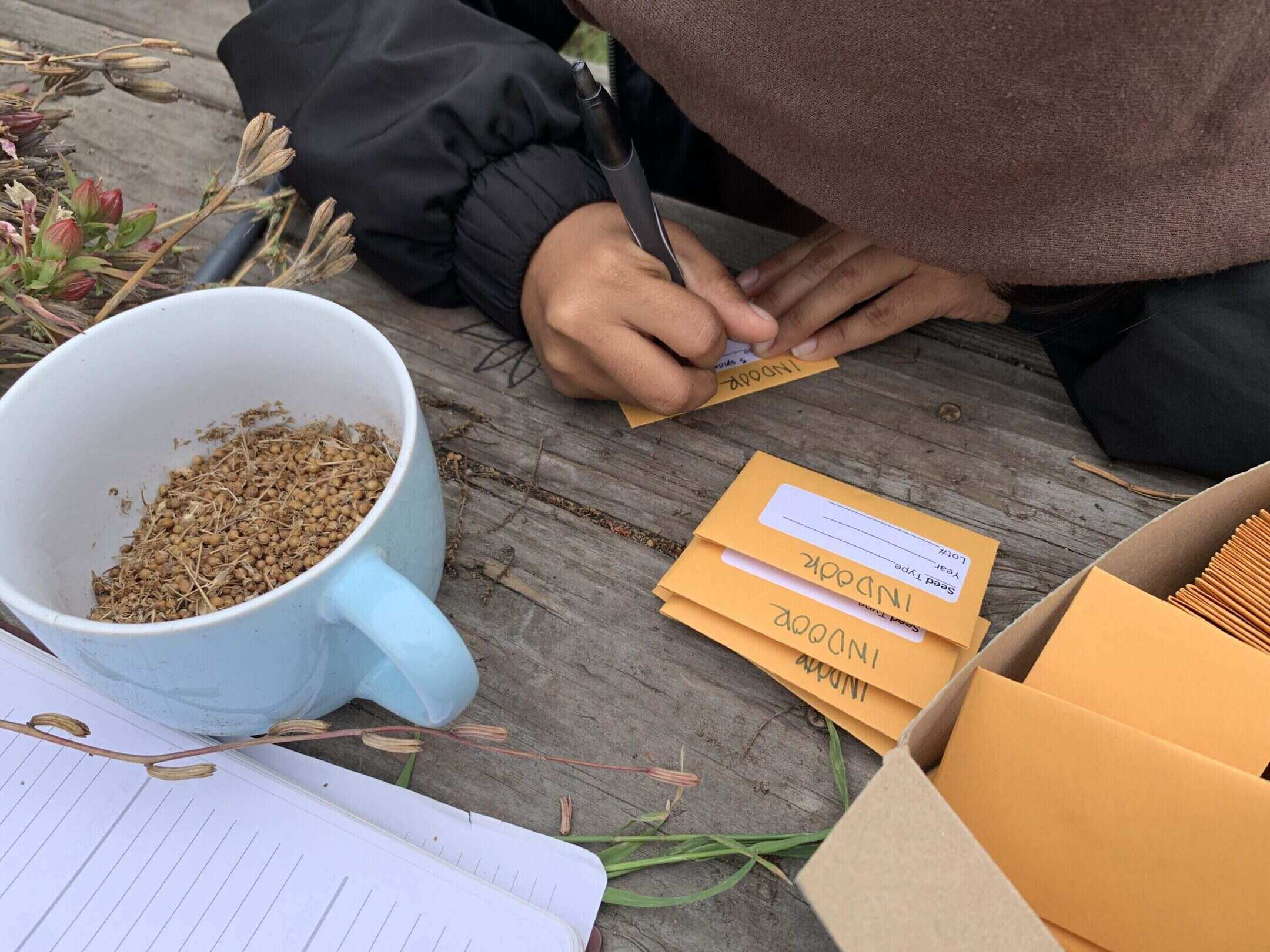
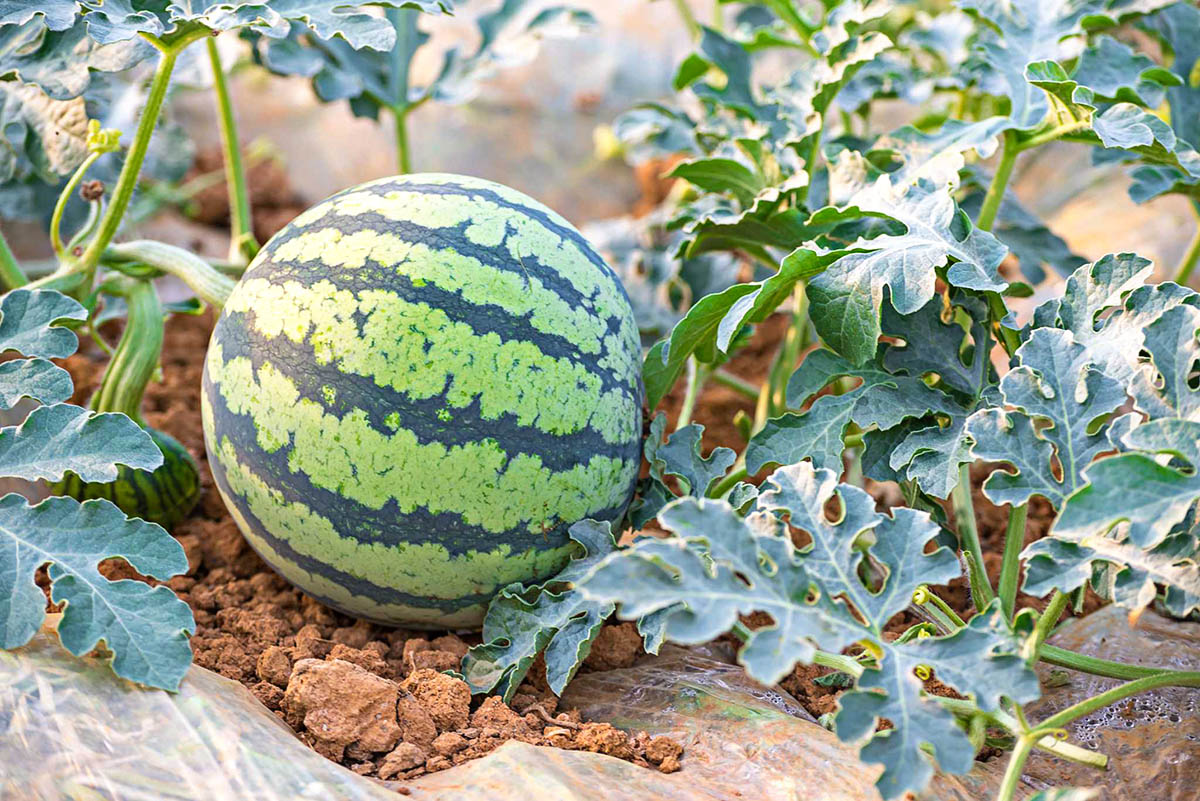
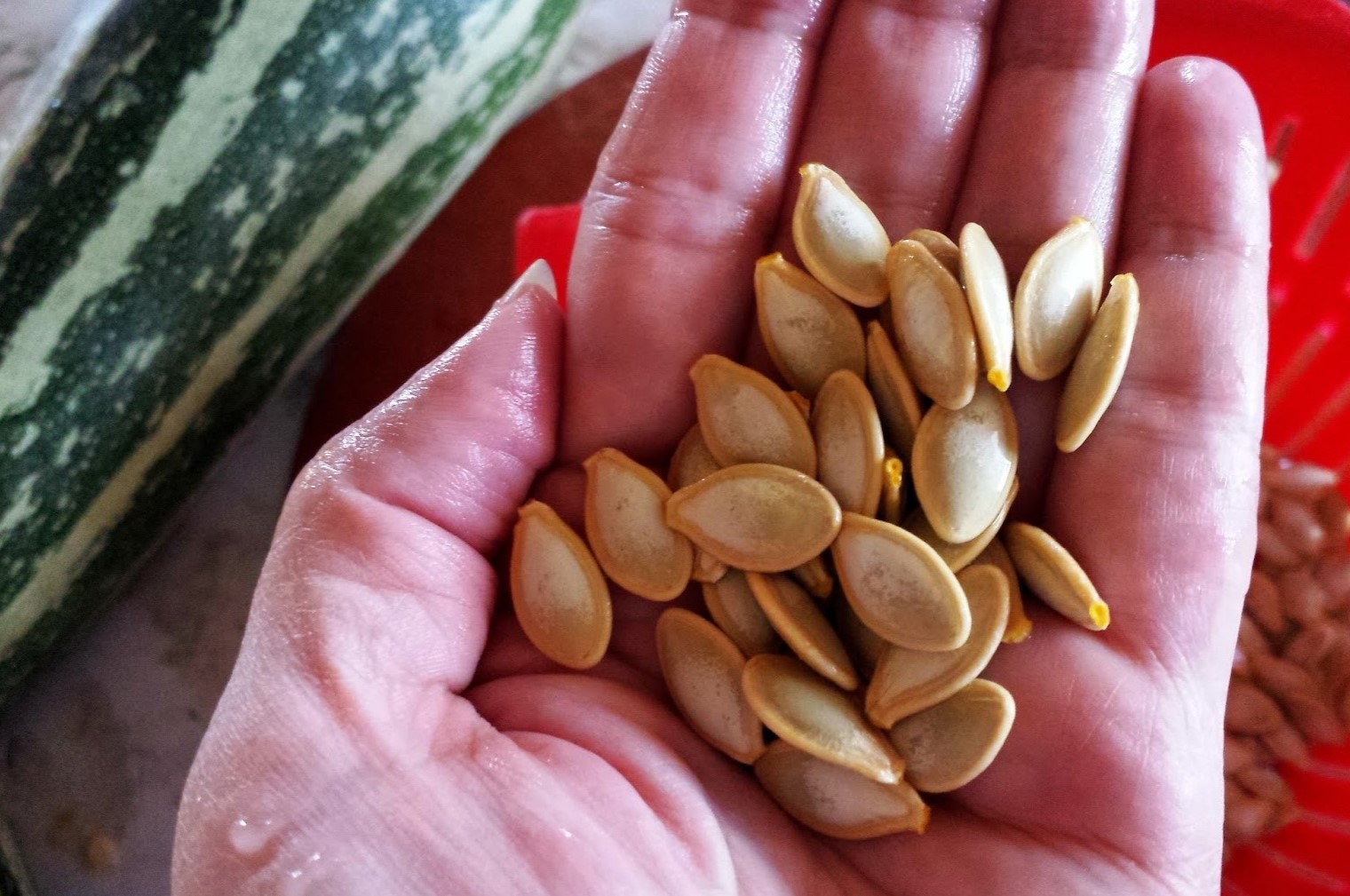
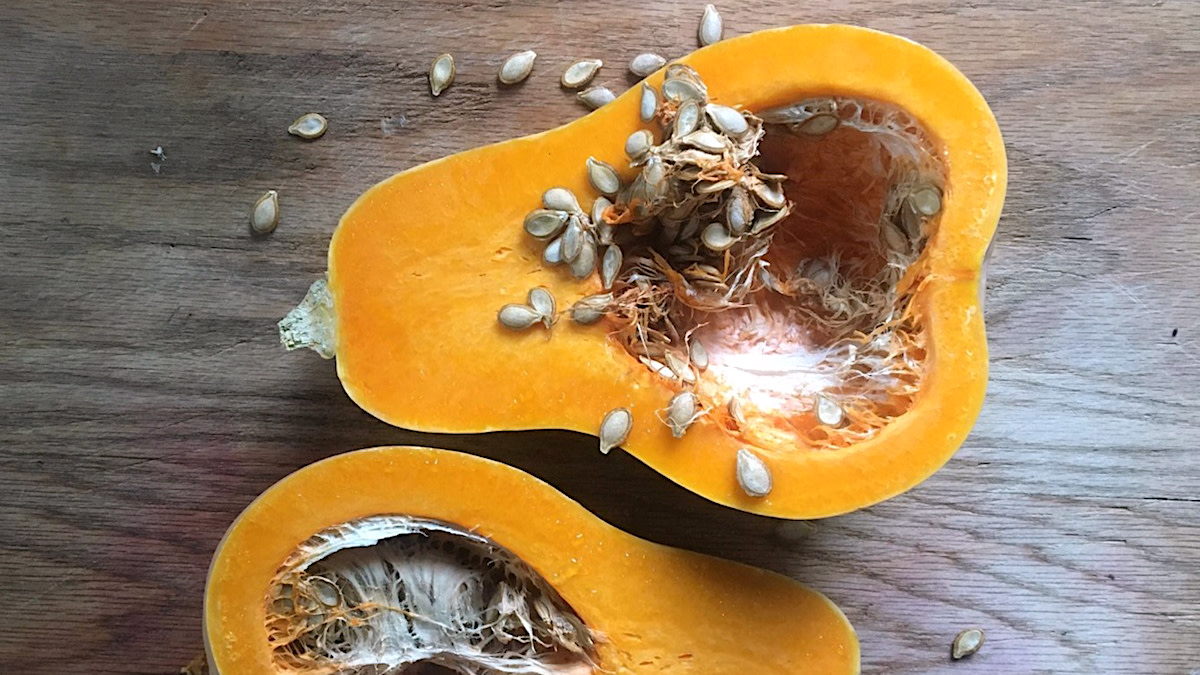
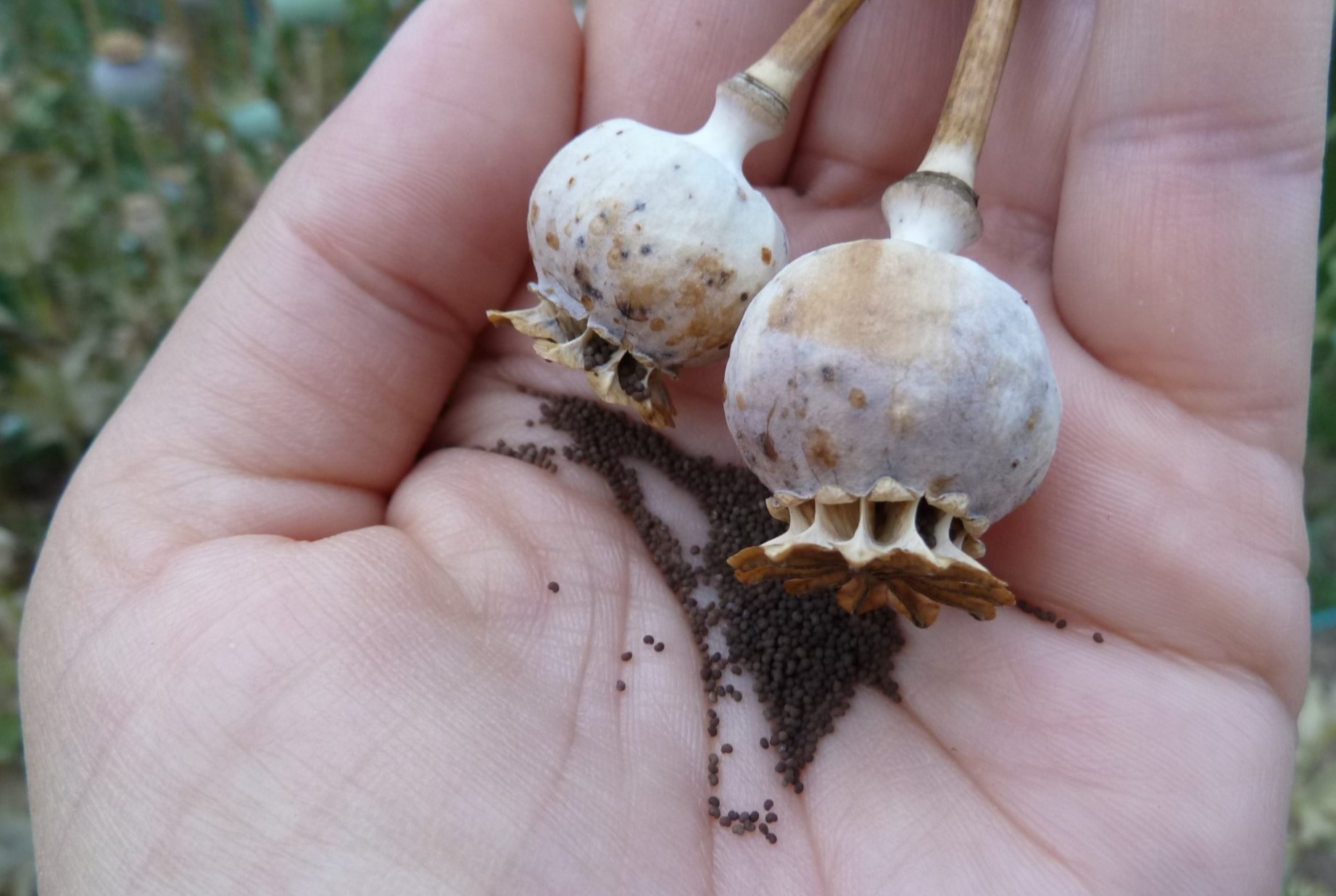
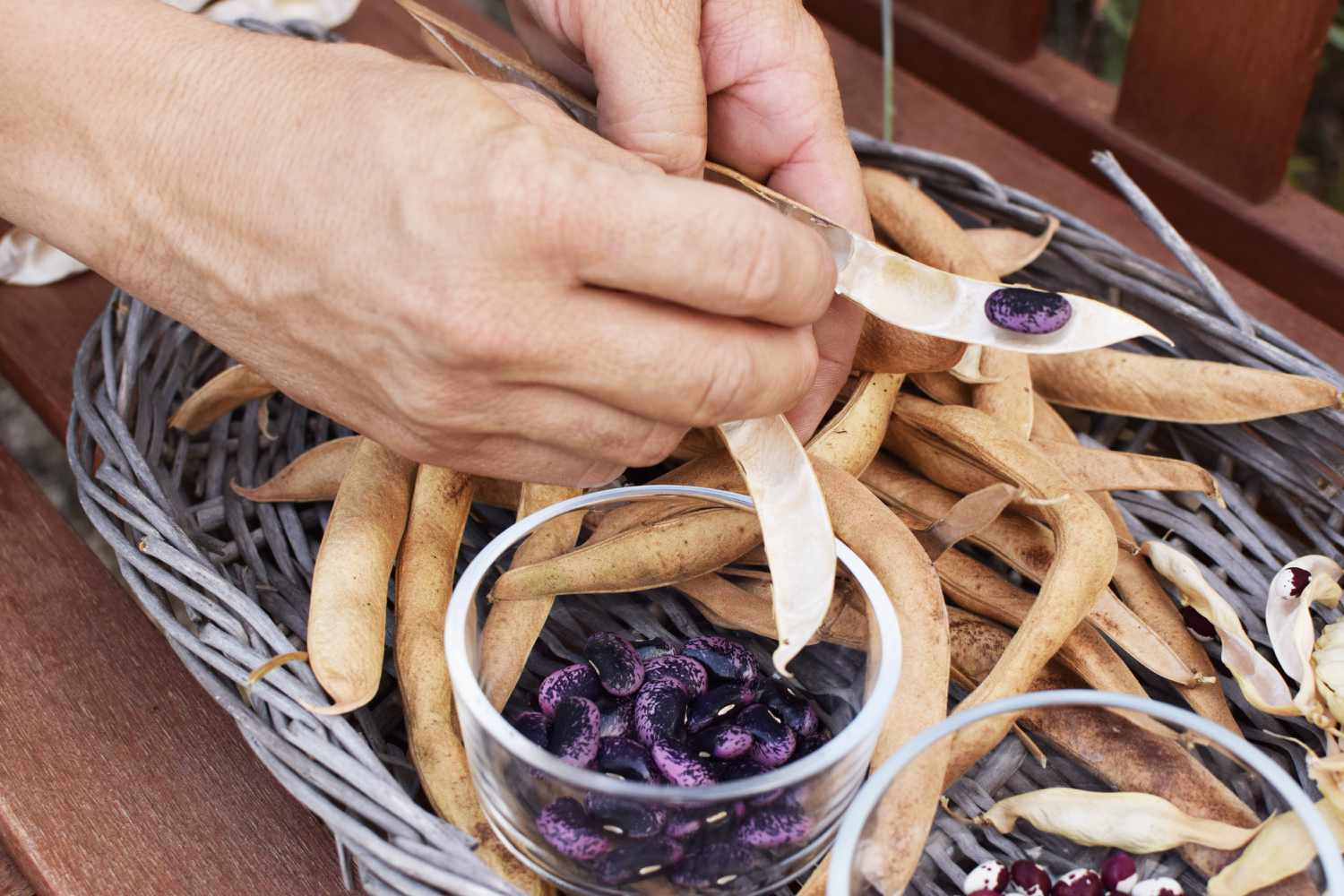
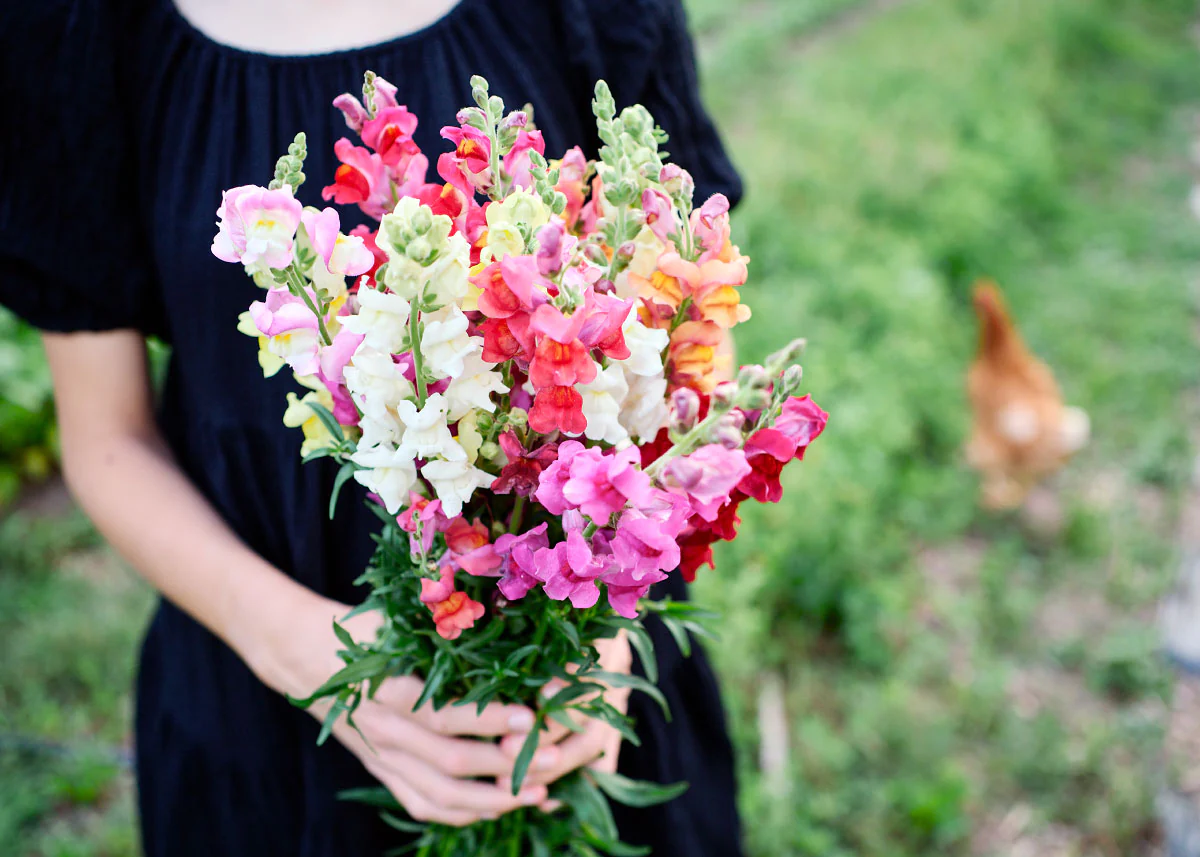
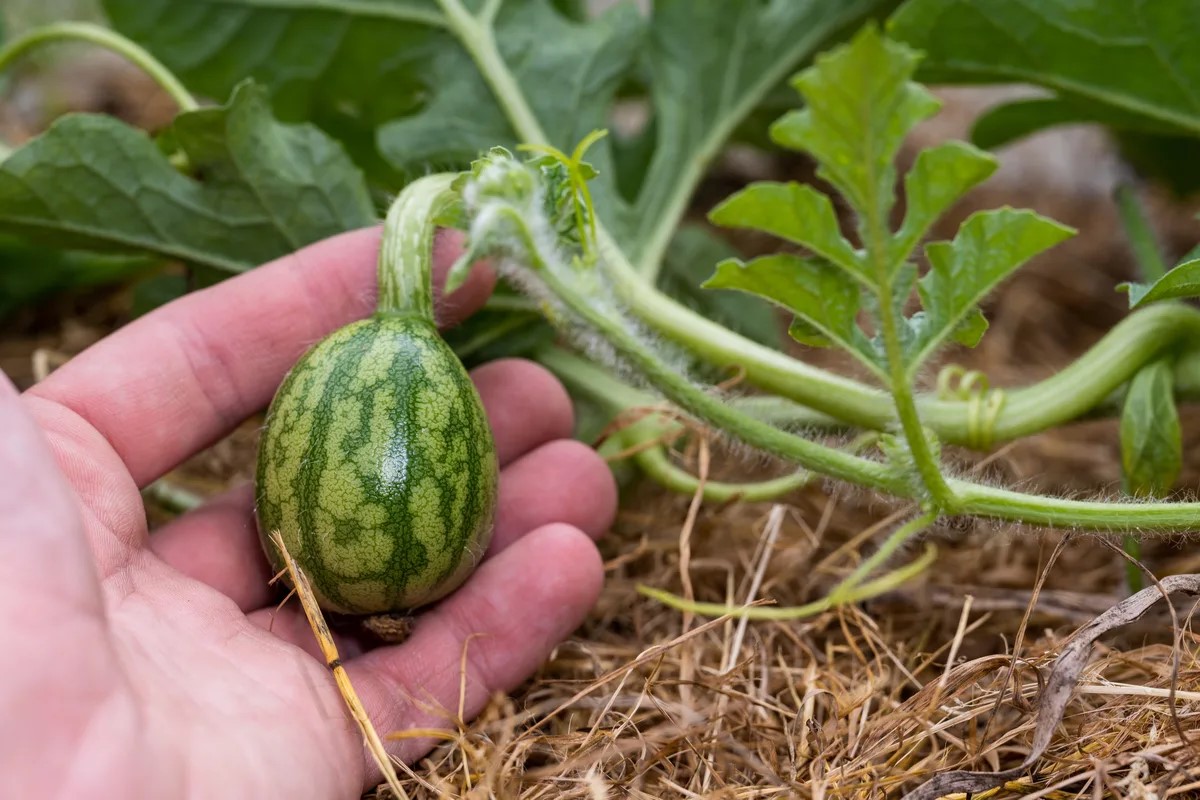
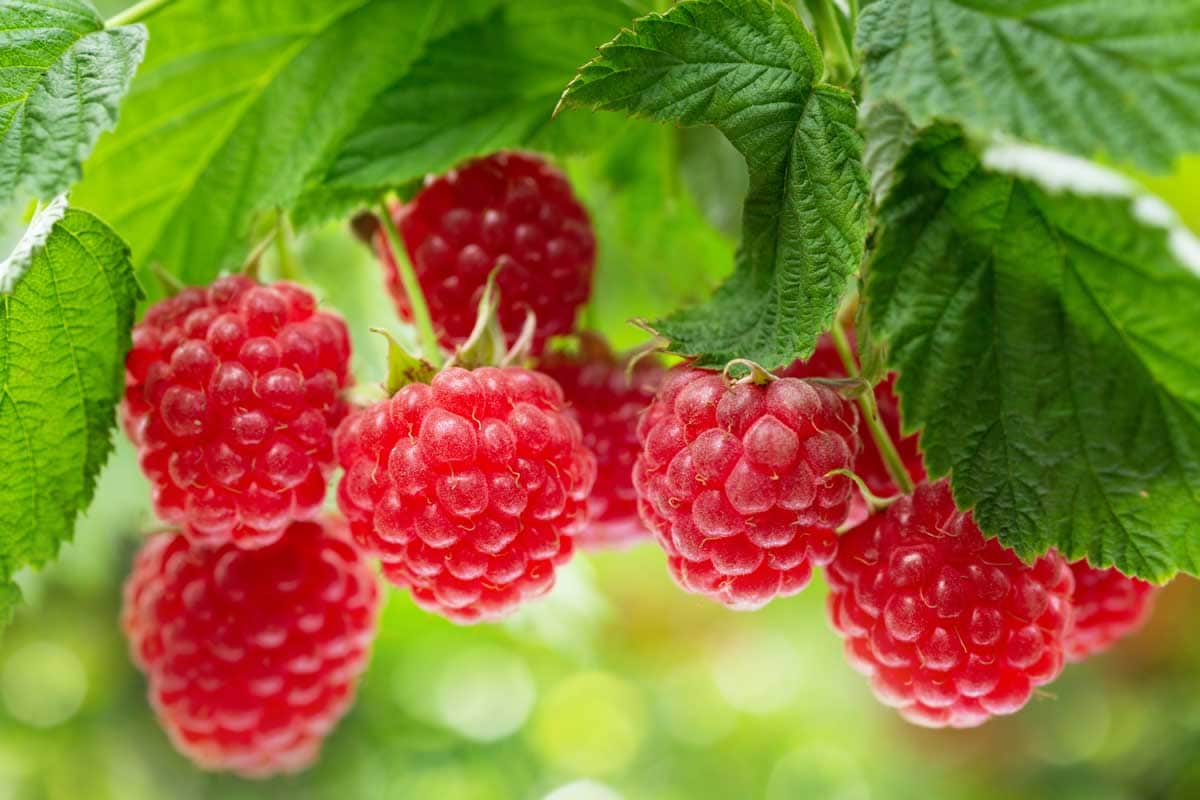

0 thoughts on “How To Save Watermelon Seeds For Planting”